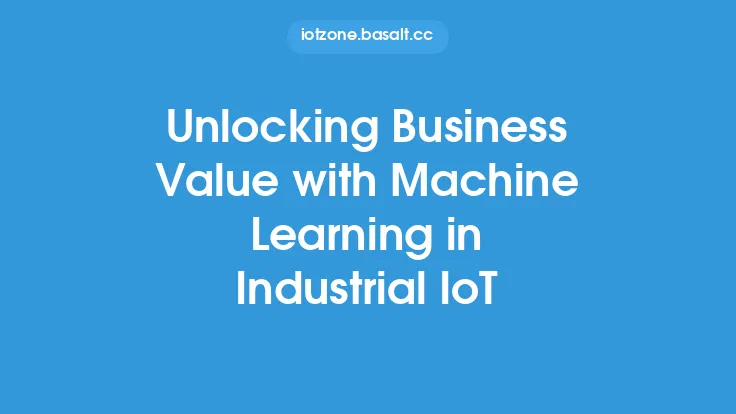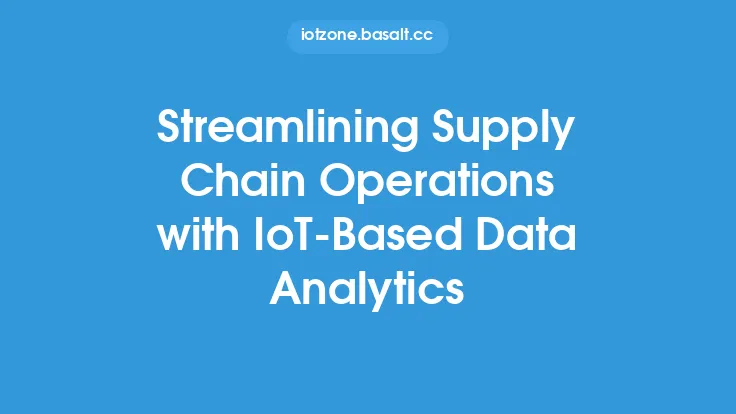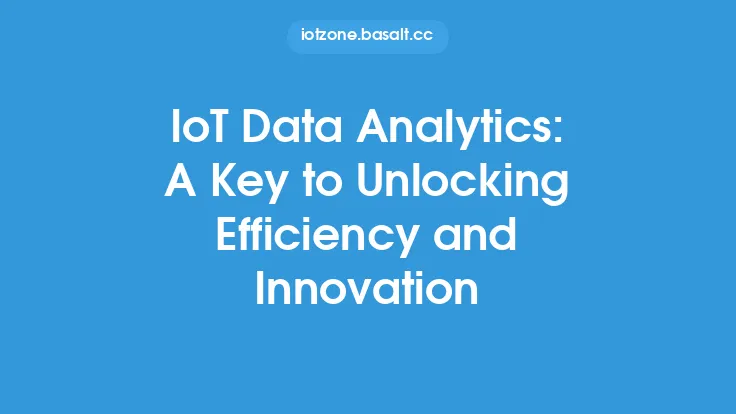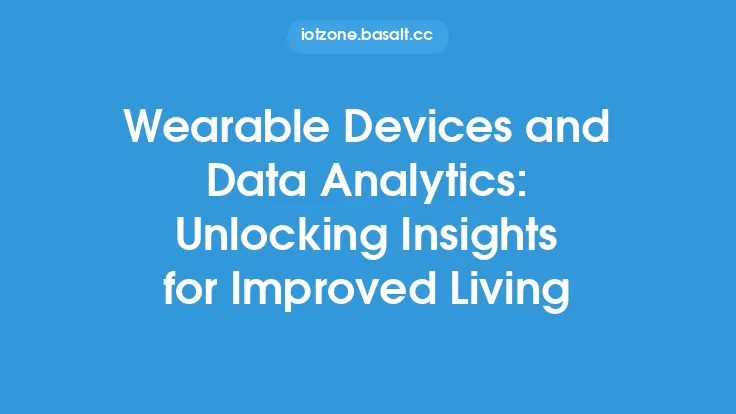The Internet of Things (IoT) has revolutionized the way businesses operate, with an ever-increasing number of devices and sensors generating vast amounts of data. This data, when analyzed and interpreted correctly, can unlock significant business value, driving growth, improving efficiency, and enhancing decision-making. IoT data analytics is the process of examining and interpreting data from connected devices to extract insights and meaningful patterns. In this article, we will delve into the world of IoT data analytics, exploring its concepts, techniques, and applications, and discussing how businesses can harness its power to drive success.
Introduction to IoT Data Analytics
IoT data analytics involves the use of various techniques, such as machine learning, statistical analysis, and data mining, to analyze and interpret data from IoT devices. This data can come from a wide range of sources, including sensors, actuators, and other connected devices. The goal of IoT data analytics is to extract insights and meaningful patterns from this data, which can be used to inform business decisions, improve operations, and drive innovation. IoT data analytics can be applied to various industries, including manufacturing, healthcare, transportation, and energy, among others.
Key Concepts in IoT Data Analytics
Several key concepts are essential to understanding IoT data analytics. These include:
- Data ingestion: The process of collecting and processing data from IoT devices.
- Data processing: The process of cleaning, transforming, and analyzing data to extract insights.
- Data storage: The process of storing and managing large amounts of IoT data.
- Machine learning: A subset of artificial intelligence that involves training algorithms to learn from data and make predictions or decisions.
- Real-time analytics: The process of analyzing and interpreting data in real-time, as it is generated by IoT devices.
- Edge computing: The process of analyzing and interpreting data at the edge of the network, closer to where the data is generated.
Techniques Used in IoT Data Analytics
Several techniques are used in IoT data analytics, including:
- Time-series analysis: A technique used to analyze data that varies over time.
- Predictive analytics: A technique used to predict future events or behaviors based on historical data.
- Anomaly detection: A technique used to identify unusual patterns or behaviors in data.
- Clustering: A technique used to group similar data points or devices together.
- Regression analysis: A technique used to model the relationship between variables.
Applications of IoT Data Analytics
IoT data analytics has a wide range of applications across various industries. Some examples include:
- Predictive maintenance: Using IoT data analytics to predict when equipment or machines are likely to fail, allowing for proactive maintenance.
- Quality control: Using IoT data analytics to monitor and control the quality of products or processes.
- Energy management: Using IoT data analytics to optimize energy consumption and reduce waste.
- Supply chain optimization: Using IoT data analytics to optimize supply chain operations and improve logistics.
- Smart buildings: Using IoT data analytics to optimize building operations, improve energy efficiency, and enhance occupant experience.
Challenges and Limitations of IoT Data Analytics
While IoT data analytics offers significant benefits, it also poses several challenges and limitations. These include:
- Data quality: Ensuring that IoT data is accurate, complete, and reliable.
- Data security: Ensuring that IoT data is secure and protected from unauthorized access.
- Scalability: Handling large amounts of IoT data and scaling analytics solutions to meet growing demands.
- Interoperability: Integrating IoT data from different devices and systems.
- Skills and expertise: Having the necessary skills and expertise to analyze and interpret IoT data.
Best Practices for Implementing IoT Data Analytics
To get the most out of IoT data analytics, businesses should follow several best practices. These include:
- Define clear goals and objectives: Clearly define what you want to achieve with IoT data analytics.
- Choose the right technology: Select the right IoT data analytics platform and tools for your needs.
- Ensure data quality: Ensure that IoT data is accurate, complete, and reliable.
- Develop a scalable architecture: Design a scalable architecture that can handle growing amounts of IoT data.
- Collaborate with stakeholders: Collaborate with stakeholders across the organization to ensure that IoT data analytics is aligned with business goals.
Future of IoT Data Analytics
The future of IoT data analytics is exciting and rapidly evolving. As IoT devices become increasingly ubiquitous, the amount of data generated will continue to grow, driving the need for more advanced analytics solutions. Emerging technologies, such as artificial intelligence, machine learning, and edge computing, will play a key role in shaping the future of IoT data analytics. Businesses that invest in IoT data analytics today will be well-positioned to take advantage of these emerging trends and drive success in the years to come.
Conclusion
IoT data analytics is a powerful tool that can unlock significant business value, driving growth, improving efficiency, and enhancing decision-making. By understanding the concepts, techniques, and applications of IoT data analytics, businesses can harness its power to drive success. While there are challenges and limitations to IoT data analytics, following best practices and staying up-to-date with emerging trends can help businesses overcome these hurdles and achieve their goals. As the IoT continues to evolve and grow, the importance of IoT data analytics will only continue to increase, making it an essential component of any business strategy.





